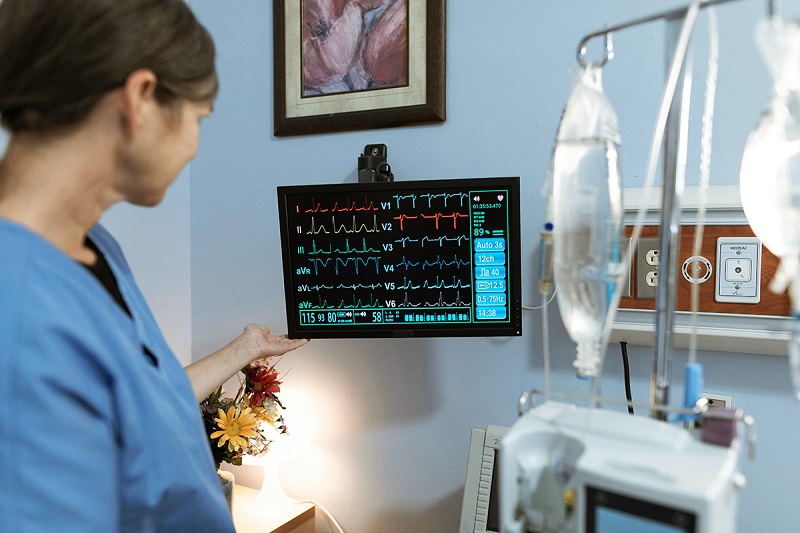I recently gave birth. Labor was induced because I developed severe gestational hypertension, which presents similarly and carries the same risks as preeclampsia. Magnesium sulfate was administered to reduce risk of seizures, and the symptoms were terrible. Every woman I have spoken to who has been on magnesium sulfate drip has found the side effects to be terrible.
Due to the long induced labor, I was on magnesium sulfate for 60+ hours. Magnesium sulfate has muscle-relaxing properties that make it more difficult for the uterus to contract after labor. A day after I gave birth, I experienced a delayed postpartum hemorrhage and had to receive an emergency D&C for blood clotting and 2 liters of blood.
Does our data clearly show that magnesium sulfate benefits outweigh the negative side effects of the drug and how many women experience them? Is the risk of postpartum hemorrhage increased for women taking magnesium sulfate? By how much? Given that risk and other terrible side effects, is magnesium sulfate really the best we can do for women with preeclampsia and severe gestational diabetes? Do the benefits outweigh the risks even for very prolonged use?––Ainsley
Congrats on your delivery, and I am sorry you experienced those complications, as well as the magnesium. Indeed, magnesium is well known to have side effects for the mother, so we try to use it sparingly.

Magnesium sulfate has been used to prevent seizures (eclampsia) in women with preeclampsia for decades. For reasons that are not well understood, it is superior to other anti-seizure medications, such as the ones used for non-pregnant (or pregnant) patients with epilepsy or other seizure disorders. So magnesium is definitely the correct medication for prevention of eclamptic seizures. It needs to be given intravenously or as an intramuscular injection. Meaning, taking magnesium pills will not work.
Intravenous magnesium can have a lot of side effects, as you described (and experienced). Not everyone gets these side effects, but many do. They include flushing, warmth, nausea, vomiting, headache, weakness, blurry vision, and palpitations. Some studies suggest that magnesium increases the risk of postpartum hemorrhage, but other well-designed studies do not. This could be because women who receive magnesium are already at increased risk for hemorrhage, so it may be the underlying condition, and not the magnesium itself, that increases the risk of hemorrhage. In women who have too high a dose of magnesium, there are risks of severe complications such as respiratory depression and short-term cardiac complications. Due to this, we dose magnesium very carefully and monitor patients on magnesium very closely.
With regard to who should get it, that is a little more complicated. Since the side effects, and potential complications, from magnesium are significant, we try to limit it to patients at significant risk for eclamptic seizures. Traditionally, everyone with preeclampsia received magnesium, but in recent years, many doctors have limited it to patients with severe preeclampsia, also known as preeclampsia with severe features. While all patients with preeclampsia have a risk of eclamptic seizure, those with severe features have a higher risk (approximately 3%) than those without severe features (approximately 1%).
There have been many studies that have looked at this, but the classic one is the Magpie trial, which was international and published in 2002. In this study, magnesium reduced the risk of seizures in patients with severe preeclampsia from 2.8% to 1.2%. It also indicated a lower risk of placental abruption and maternal mortality with the use of magnesium.
For patients similar to you with severe preeclampsia who are getting induced, your risk of an eclamptic seizure remains elevated throughout your labor until about 12 to 24 hours after delivery, and the only medication we have that works to reduce that risk (it does not eliminate the risk) is intravenous magnesium. We do our best to mitigate some of the side effects, but unfortunately this is the best we have to offer right now. I wish we had something else that worked as well.
Community Guidelines



















Log in